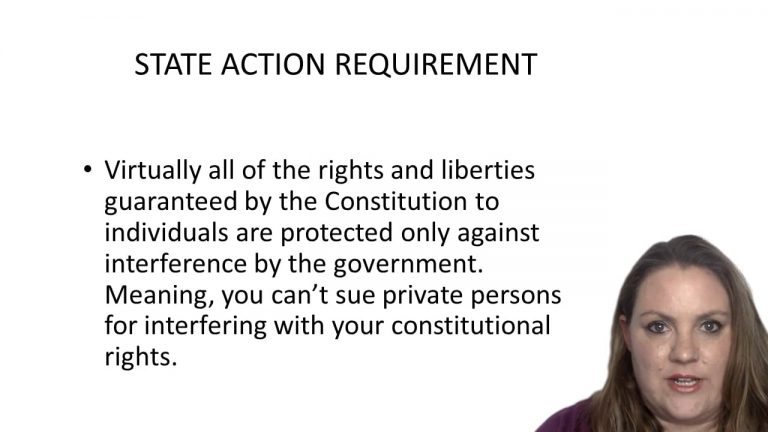SmartBrief
Confirm favorite deletion?
Constitutional Law Keyed to Rotunda
Terry v. Adams
Citation:
345 U.S. 461 (1953)Facts
The Jaybird Association was or Party was organized in 1889. Its membership was then and always has been limited to white people; they are automatically members if their names appear on the official list of county voters. It has been run like other political parties with an executive committee named from the county’s voting precincts. Candidates for county offices submit their names to the Jaybird Committee in accordance with the normal practice followed by regular political parties all over the country. While there is no legal compulsion on successful Jaybird candidates to enter Democratic parties, they have nearly always done so since 1889 and have run and won without opposition in the Democratic primaries. Thus, the party has been the dominant political group in the county since organization. It is apparent that Jaybird activities follow a plan purposefully designed to exclude Negroes from voting.
Only StudyBuddy Pro offers the complete Case Brief Anatomy*
Access the most important case brief elements for optimal case understanding.
*Case Brief Anatomy includes: Brief Prologue, Complete Case Brief, Brief Epilogue
- The Brief Prologue provides necessary case brief introductory information and includes:
Topic:
Identifies the topic of law and where this case fits within your course outline.Parties:
Identifies the cast of characters involved in the case.Procedural Posture & History:
Shares the case history with how lower courts have ruled on the matter.Case Key Terms, Acts, Doctrines, etc.:
A case specific Legal Term Dictionary.Case Doctrines, Acts, Statutes, Amendments and Treatises:
Identifies and Defines Legal Authority used in this case.
- The Case Brief is the complete case summarized and authored in the traditional Law School I.R.A.C. format. The Pro case brief includes:
Brief Facts:
A Synopsis of the Facts of the case.Rule of Law:
Identifies the Legal Principle the Court used in deciding the case.Facts:
What are the factual circumstances that gave rise to the civil or criminal case? What is the relationship of the Parties that are involved in the case.Issue(s):
Lists the Questions of Law that are raised by the Facts of the case.Holding:
Shares the Court's answer to the legal questions raised in the issue.Concurring / Dissenting Opinions:
Includes valuable concurring or dissenting opinions and their key points.Reasoning and Analysis:
Identifies the chain of argument(s) which led the judges to rule as they did.
- The Brief Prologue closes the case brief with important forward-looking discussion and includes:
Policy:
Identifies the Policy if any that has been established by the case.Court Direction:
Shares where the Court went from here for this case.
Topic Resources
Topic Outline
Topic Refresher Course

 8m 59s
8m 59s